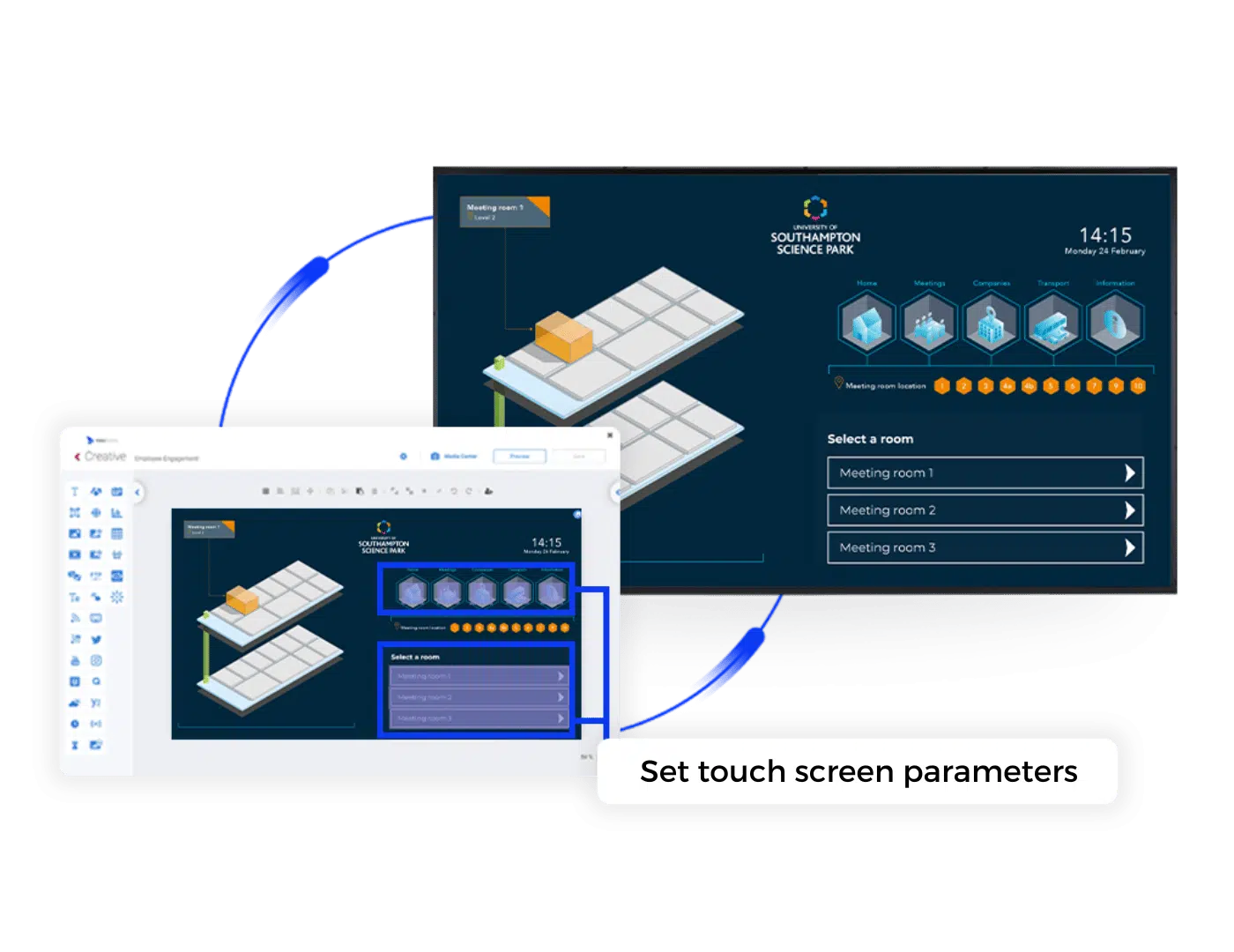The digital age has transformed the way we interact with the world, providing us with innovative tools to enhance our daily experience in a variety of environments. One of these tools is digital navigation, a technological solution that guides people through complex physical spaces efficiently and effectively.
What is Digital Navigation?
Digital wayfinding refers to the use of digital technologies to facilitate the orientation and movement of people in physical spaces. This includes everything from shopping centres and hospitals to university campuses and airports. Through digital displays, interactive signage, mobile apps, and kiosks, digital wayfinding provides real-time directions, information on points of interest, and important updates that improve accessibility and user experience. A prominent example of such a technology is the digital wayfinding solution with Troudigital, which integrates seamlessly into various environments to offer intuitive navigation assistance, enhancing the way individuals interact with their surroundings.
The Importance of Digital Navigation
In a world where efficiency and convenience are paramount, digital navigation plays a crucial role in managing large flows of people, ensuring they can find their way easily. It improves accessibility for all, including people with disabilities, by providing information tailored to various needs. In addition, by integrating real-time data, such as traffic status or special events, digital navigation offers a richer and more personalised user experience.
Effective Implementation of Digital Navigation Solutions
Implementing an effective digital navigation solution, such as the one offered by Troudigital, requires a strategic approach that takes into account the specific needs of the space and its audience. The key to successful implementation is the seamless integration of the technology into the physical environment, ensuring that it is intuitive and accessible to all users. A digital navigation solution with Troudigital can be tailored to reflect the brand identity of the space, offering not only directions but also a platform to communicate key messages and promotions.
Best Practices for Communication and User Experience
To maximise the impact of digital navigation, it is essential to follow some best practices in terms of communication and user experience design:
Personalisation: Adjust content and recommended routes according to the user’s preferences and needs.
Interactivity: Engage users through touch interfaces or through mobile applications that allow active exploration.
Constant updating: Keep information updated in real time to reflect changes in the environment, such as area closures or special events.
Accessibility: Ensure that digital navigation is easily accessible to people with different abilities, including voice options for the visually impaired.
Integration with Other Technologies: Combine digital navigation with other solutions, such as mobile applications and building management systems, for a cohesive user experience.
Success Stories and the Future of Digital Navigation
The successful implementation of digital navigation solutions has already proven to significantly improve the user experience in various environments. For example, in airports, where passengers can benefit from personalised directions to their boarding gates or find specific services. In the future, we can expect even greater integration of emerging technologies, such as augmented reality, to offer even more immersive and personalised navigation experiences.
Digital navigation has established itself as an essential tool in enhancing the user experience in complex physical spaces. By offering efficient and accessible guidance, it not only facilitates mobility but also opens up new avenues for communication and interaction. The key to its success lies in personalisation, constant updating and intelligent integration with the environment and other technologies. As we move forward, digital navigation will continue to evolve, offering even richer and more immersive possibilities for users and space managers alike.

